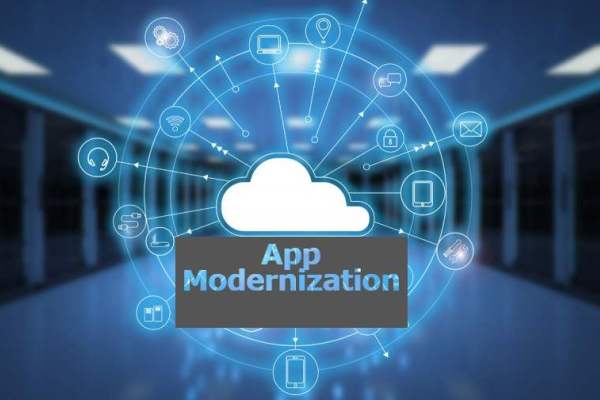Mumbai: More than three-quarters of organisations (77%) reported carrying out app modernization across APAC.
According to the F5 released 2021 State of Application Strategy report over three-quarters of organisations (77%) are presently involved in internal app modernization or customer-facing applications.
Interestingly, APIs remains the primary method for these organisations’ app modernization trend in the region. Mainly because APIs offer the ability to combine the capabilities of traditional and modern application components.
With modernization considered necessary when legacy systems are too rigid to adapt to rapidly changing business conditions, the report found that a majority of organisations (87%) operate both modern and traditional architectures,
In addition, the percentage of organisations maintaining multiple app architectures is growing. Though the app modernization continues in the APAC region. As-a-service and managed service offerings are being viewed as replacements, where vendors can provide cloud-friendly alternatives to some applications, as per the report.
Besides app modernization, Edge computing continues with Containerization
Edge computing is a significant means to reduce latency and increase the real-time responsiveness of applications. With employees and consumers logging on from increasingly distributed locations has impacted the latency rate and real-time responsiveness of applications.
Edge computing is the operations performed outside of a centralised data centre. Accordingly, the edge must evolve to better support modular application components such as containers residing across multiple cloud locations.
In addition to promoting faster and more efficient deployments, placing containerised applications at the edge can improve scalability and customer experience.
Demonstrating an appetite for these advantages, survey results noted that 76% of organisations have implemented or are actively planning edge deployments. The prime reason behind these organisations’ edge deployments is improving application performance and collecting data/enabling analytics.
Accelerating growth in SaaS and cloud deployments, balancing flexibility and security
With the percentage of applications deployed in the cloud rising‚ more than two-thirds of respondents (68%) are also hosting at least some of their application security and delivery technologies in the cloud.
Simultaneously, organisations are positioning themselves to address the architectural complexity that results from adding SaaS and edge solutions, maintaining on-premises and multi-cloud environments, and modernizing applications.
Successful integration of these elements within a cohesive application strategy will require up-levelling how tools, skill sets, IT processes and analytics are applied across dynamic architectures.
Security continues to be a key driver, with efforts to stay ahead of attackers frequently requiring capabilities beyond what organisations have the resources to manage on-premises.
Further highlighting this challenge, SaaS for security identified as the top strategic trend among survey respondents.
According to F5‘s SVP – Asia Pacific, China ana Japan, Adam Judd, in today’s digital-first world, every organisation is in the digital experience business.
“Consumers are increasingly reliant on digital connections in every aspect of their lives and this reliance has propelled applications to be even more central to a business’s strategy – further emphasizing the pivotal role that apps continue to play in our economy,” said Judd.
“This year’s report is a clear reflection of this growing trend,” commented Judd. As businesses continue to invest in their application portfolios, it is critical to ensure that their apps are able to adapt, scale and self-heal across different app environments.
“With more opportunities for growth as we reshape our world post-COVID, businesses need to architect strategies that hinge on technologies such as edge computing and data analytics to harness the full potential of its application portfolio to meet consumer demands for world-class digital experiences,” concluded Judd.
More than 1,500 respondents globally with a significant portion of respondents coming from the Asia Pacific across industries, organisation sizes, and professional roles participated in the F5 survey.
The survey focused on IT decision-makers to best highlight the priorities, concerns, and expectations of those most responsible for meeting the toughest challenges of today’s digital economy.

